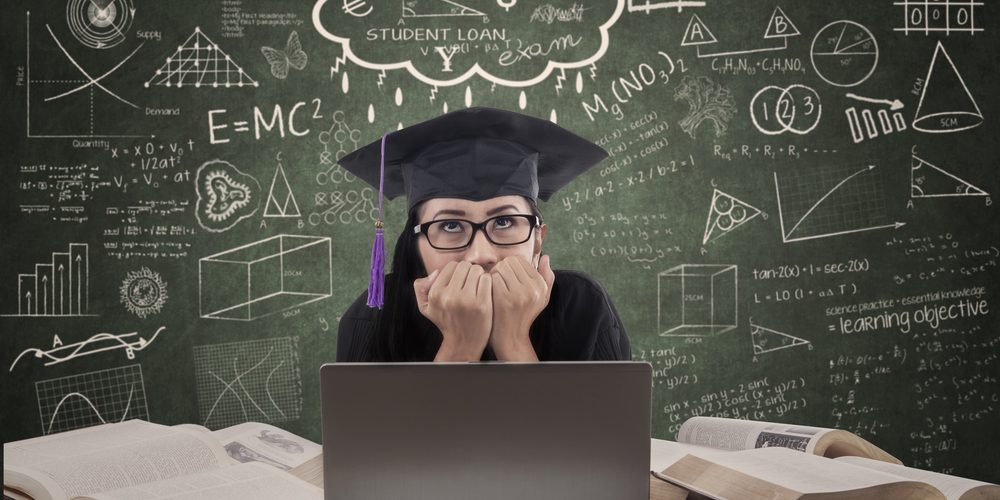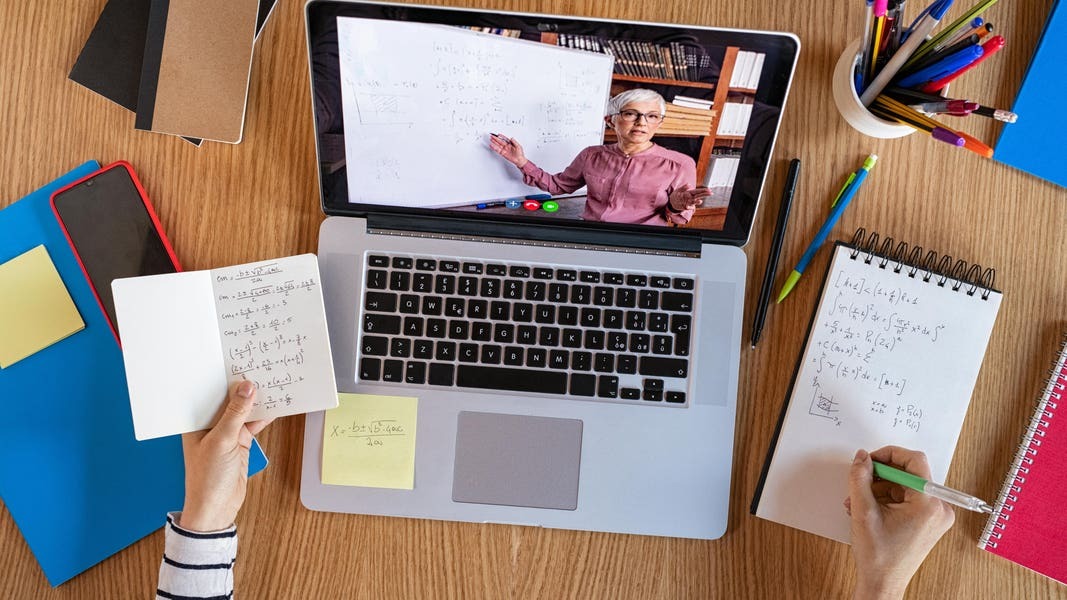In today's fast-paced world, students are increasingly seeking educational options that offer flexibility, allowing them to balance their studies with other responsibilities such as work, family, and personal commitments. However, it is essential to ensure that this flexibility does not compromise the quality of education. Achieving a balance between accessibility and academic excellence is crucial for providing students with a robust and meaningful learning experience.

Strategies for Balancing Flexibility and Quality Education
-
Innovative Teaching Methods:
- Blended Learning: Combine traditional classroom instruction with online learning to create a blended learning environment. This approach allows students to access course materials and participate in classes both in-person and remotely, providing flexibility without sacrificing the benefits of face-to-face interaction.
- Flipped Classroom: Implement the flipped classroom model, where students review lecture materials and complete assignments before class, using in-person time for interactive activities, discussions, and problem-solving. This method enhances engagement and understanding while offering flexibility.
-
Leveraging Technology:
- Online Learning Platforms: Utilize advanced online learning platforms that offer interactive tools, multimedia content, and collaborative features. These platforms can provide a rich and engaging learning experience that is accessible from anywhere at any time.
- Virtual Labs and Simulations: Incorporate virtual labs and simulations to provide hands-on learning experiences remotely. These tools can replicate real-world scenarios and experiments, ensuring that students gain practical skills and knowledge.
-
Personalized Learning Paths:
- Self-Paced Courses: Offer self-paced courses that allow students to progress through the material at their own speed. This approach caters to different learning styles and ensures that students can take the time they need to understand and master the content.
- Adaptive Learning: Implement adaptive learning technologies that tailor the educational experience to each student's needs, strengths, and weaknesses. These technologies can provide personalized feedback, recommendations, and resources to enhance learning outcomes.
-
Student Support Services:
- Academic Advisors: Provide access to academic advisors who can help students create personalized learning plans, set goals, and navigate the challenges of balancing education with other responsibilities.
- Mental Health and Wellness: Offer mental health and wellness services to support students' overall well-being. These services can include counseling, stress management workshops, and resources for maintaining a healthy work-life balance.
-
Continuous Improvement:
- Feedback Loops: Establish feedback loops to gather input from students, faculty, and staff on the effectiveness of flexible learning initiatives. Use this feedback to make continuous improvements and ensure that the quality of education remains high.
- Professional Development: Invest in professional development opportunities for faculty and staff to stay updated on the latest teaching methods, technologies, and best practices for balancing flexibility and quality education.
Conclusion
Achieving a balance between flexibility and quality education is essential for meeting the evolving needs of students while maintaining academic excellence. By implementing innovative teaching methods, leveraging technology, offering personalized learning paths, and prioritizing student support services, educational institutions can provide accessible and high-quality educational experiences. Whether through blended learning, online platforms, adaptive technologies, or comprehensive support services, these strategies ensure that flexibility does not compromise the quality of education, but rather enhances it. By embracing these approaches, institutions can empower students to succeed in their academic and personal lives, fostering a well-rounded and fulfilling educational journey.




